BUYING THE CHEAPEST DIAMOND?
WANT TO BUY THE CHEAPEST DIAMOND ENGAGEMENT RING THERE IS?
This post contains affiliate links. If you use these links to buy something I may earn a commission. Thanks! As an Amazon Associate I also earn from qualifying purchases.
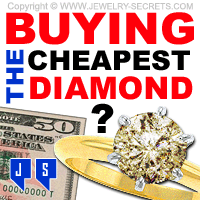
“The Cheapest Diamond?”
I’m often asked “What is the Cheapest Diamond in the World?“, so I thought that I’d Address this Question.
The Cheapest Diamond in the World would No Doubt be a FREE Diamond. HA!
You can’t get any Cheaper than FREE. But because FREE is NOT an Option…
I’ll talk about Buying one. :)
You can Buy Diamonds of all different Carat Weights and of course, get Prices all over the Board. You could probably Buy a Speck of Diamond Dust (less than 1 Point) and Pay Pennies for it. So Buying the Cheapest Diamond always starts with WHAT Carat Weight you’re looking for.
For this Post, I’ll use the Classic Example of a One Carat Diamond (1.00 Carat).
Like this Diamond from James Allen…
1.05 Brilliant Cut, I1 Clarity, K Color $2,910
One Carat Weight
One Carat is the “Dream” Carat Weight. Every woman wants one. One Carats are Large, Rare and make for the Ultimate Engagement Ring.
So One Carat it is!
Do note that any Carat Weight Size Smaller than a 1.00 Carat, with the same Color, Clarity and Cut will Decrease the Price (Drastically)!
Also keep in mind that any Prices listed here are just for Example Purposes Only (They will Alter as Inventory Changes).
When you’re looking at the “Cheapest” Diamond, you’re gonna have to Sacrifice Quality.
To get the Cheapest there is, you’ll be giving up Clarity, Color and Cut!
Cheap is Cheap after all
You get what you Pay for.
So let’s take a Closer look at the Lowest Color Available…
Diamond Color
To get the Cheapest Diamond, you’ll have to get a Low Color Range. Most Diamonds on the Market will Range from D Color (the Best), to around M Color (which is Pretty Yellow). Check out the Diamond Color Chart below…

Any Diamond in the Faint Yellow Color Range (K-L-M) and below will probably Work Well for this “Cheapest” Example. When you look at Diamonds with a Faint Yellow Color, you will certainly see a Yellow Diamond (see picture above). You will see the Body Tone of the Diamond a Stark Yellow Shade. Sometimes this Coloring isn’t as Obvious depending on your Eyes and if your Diamond is set into a Yellow Gold Mounting (the Best Mounting to Hide a Yellow Stone).
The Yellow Color will be Noticeable if you place it Side by Side with a Pure White Diamond (D-E-F). Doing that should allow you to see how Yellow a Diamond really is. Sometimes it will look Stained, Brown or Dark, but the difference should be Easy to Spot.
Most people won’t find Color in a Diamond a Big Issue, unless the Color gets so Strong it looks like Lemonade. A Strong Yellow hue that Overpowers the Stone is not very Desirable.
Most Cuts of Diamond on the Market and the Mountings they set them in do a Pretty Good Job of Masking Color. But any Side by Side Comparisons could make you Change your Mind.
It’s a Fact, most people won’t Notice Color until it’s Pointed out to them.
Diamond Cut
The Cut of the Diamond (Not the Diamond Shape) refers to the Actual Faceting, Angles and Proportions of the Stone.
A Well Cut Diamond will give you more Sparkle, Brilliance and Fire in the Diamond than a Poorly Cut Diamond will.
Check out the Proportions of an Ideal Cut Diamond below…
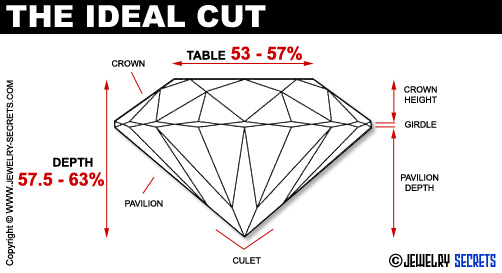
To get the Cheapest Diamond, you’ll be Sacrificing a lot of Cut. And sometimes this Sacrifice will be Extreme.
Cut is already a Difficult and Technical subject for most to Grasp and Understand, which also makes it the Easiest to Skimp on and no one is the Wiser.
Most Diamonds with a Cheap Cut are going to be either Lumpy Looking, or really Wide in Appearance (Spread Stones).
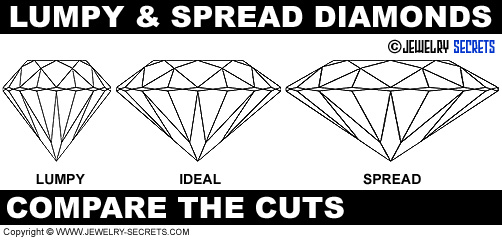
Lumpy Diamonds
To me, Lumpy diamonds are the Worst Cut of Diamond there is. This is where the diamond will be Really Deep in the Pavilion (Base of the diamond), and more than likely it will have a Really Tall Crown and a Very Thick Girdle. (See Diagram above for Reference)
From the Top View a Lumpy Diamond will Appear Smaller than a Normal One Carat Diamond. Looking at the Stone from the Side View you’ll see all the Weight of the Stone runs up and down.
I Dislike Bulky Diamonds Greatly. They look Odd, Deformed and have Very Little (if any) Sparkle. Often they have Dark Circles, Spots, or Shadows in the Stone because the Light Falls out the Base and doesn’t get Reflected back.
And then you have the other Extreme…
Spread Stones
Spread Diamonds look much Bigger than they really are. A One Carat Diamond can look more like a 1.25 Carat or even a 1.50 Carat Diamond (which many people like). The Bulk of the Diamond goes Horizontal across the Stone, leaving the Base Narrow and Shallow.
I don’t mind Spread Stones as much because they don’t have that Lumpy Darkness to them, even though sometimes a Spread Stone will look like a Fisheye (Dark Circle in the Center of the Stone).
A lot of Jewelry Stores Sell Spread Stones (Popular in Mall Stores). The thing that you want to be Concerned about is the Durability of the Stone. Thin Stones, and also Stones that have a Very Thin Girdle, can Chip Easily or Break with hardly any Force or Trauma to the Stone. You don’t want your Diamond to be Paper Thin so it Shatters Easily.
Read more about the Cut of the Diamond.
Now we move onto the #1 issue with Cheap Diamonds… Clarity!
Diamond Clarity
Clarity is the Amount of Imperfections or Inclusions in the Stone. Inclusions are things like: Cracks, Hairline Fissures, Black Spots, Cloudy Spots, Cavities, or Marks and Debris in the Stone.
The more Flaws found in the Stone, the Lower the Clarity will be and the Cheaper the Stone will be.
To get the Cheapest Diamond, you’ll have to look at the Lowest Clarity Range and the Lowest Clarity Grade in that Range.
Take a look at the Diamond Clarity Chart shown below…

The Lowest Clarity Range is I Clarity
I Clarity basically means there are Eye-Visible Inclusions in the Stone. If you look at a Diamond and see things inside (and outside) of it, then it’s an I Clarity Diamond (with Few Exceptions).
Black Specks that look like Pepper are the Most Common and most Visible Flaw to see. They stand out like a Sore Thumb.
The Next Obvious Inclusions are Chips, Nicks, Cracks, and Cloudy or Foggy Spots in the Stone.
I Clarity is Broken down into 3 Grades: I1 Clarity, I2 Clarity and I3 Clarity Diamonds.
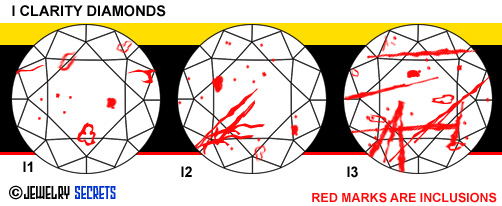
I3 is the Worst Clarity and the Bottom of the Bucket when it comes to Diamonds. So with the Cheapest Diamond, you’ll more than likely be getting an I3 Clarity Diamond (there is Nothing Lower).
I3 Clarity Diamonds are what they are; Low Clarity, Highly Flawed, and generally Filled to the Max with Large Inclusions that are VERY Obvious to the Naked Eye (No Microscope or Jeweler’s Loupe Needed).
If you Compare an I3 Clarity Diamond to a VS Clarity Diamond (High Clarity), you’ll be Blown away. Even Comparing an I3 to an I1 is a Huge Difference…
Take a look…
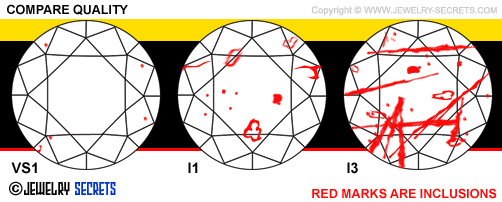
The Cheapest Diamond
So in my Book the Cheapest Diamond (for a One Carat Stone), would be a Diamond with M Color (or Lower), a Poor Cut (like a Lumpy Diamond) and a Clarity of I3 Clarity. That is the Cheapest of Cheap. And for a more Fitting Description: UGLY! A Stone like that will have Very Little Sparkle, Brilliance or Beauty. It will look like a Yellow Chunk of Salt!
Who would Buy this Stone?
The Funny Thing is, you’d be Surprised at how some people only Care about Price and Saving Money, and could care less about Quality or Looks. The Stone could be Foggy with Huge Black Spots in it, and if it’s a One Carat for a Cheap Price then it’s Great!
I’ve seen Stones like this Sell for $799 a Carat…
That’s CHEAP!
A Normal One Carat Diamond, of Decent Quality, would probably start at $4,999 and run into 10 Grand or more (Depending on Color, Cut and Clarity).
So you see, $799 is Dirt Cheap.
This is a Stone I would NOT Recommend.
But, like I’ve said, some people Don’t Care and will Jump at the Chance to own a One Carat no matter what it looks like. To each their own.
If you’re looking for a Cheap Diamond (Not Necessarily the Cheapest), then here are some Helpful Tips and Suggestions to Save you Money and still get you a Half-Way Decent Stone.
Go by Looks
Seriously!
Go by how the Diamond Looks above and Beyond all Else!
Don’t Worry about what the Clarity or Color or Cut is, go by how the Diamond Looks in Normal Daylight with your Naked Eye.
Judge the Beauty of the Stone as you’ll see it day by day. Does it have Sparkle? Does it have Ugly Flaws that are Distracting? Does the Stone look Odd or Out of Shape or Proportion? Do you see Dark Shadows or Circles in the Stone?
Judging the Stone with your Bare Eyes is the Best Way to Decide. If it Passes this Simple Eye Exam, then it may be Worth a Closer Look.
Compare Diamonds
Put the Diamond in Question Side by Side with Higher Priced Stones. Do you see a Huge Difference?
Sometimes Diamonds can look Similar but are Thousands of Dollars Cheaper. Most people can’t see the Little Differences unless you Point it out to them. If you can’t see a Huge Difference, then Why Spend the Money?
Clarity is Issue #1
When Dealing with Lower Grade Diamonds, Clarity is always going to be the Biggest Issue.
Generally Cheaper Diamonds will have the Worst Inclusions.
Be Careful when Buying Low Clarity Diamonds. I always Advise Microscoping the Stone Before you Buy it (or Viewing the Stone at 10x Magnification). This way you can Fully Understand why the Price is what it is.
Certification
If you’re Dealing with a Low Clarity Diamond like I2 or I3, Don’t Worry much about Certification. Usually people want to Buy Certified Stones because they think they are Better. Low Clarity is Low Clarity and No Certification is going to Change that Fact. I would Recommend getting Certification on Higher Clarity stones like SI, VS, or Higher. With Higher Clarity you want to Certify that you’re getting that Quality. But with Low Grades, it’s Not Worth the Extra Charge.
Just make sure you get a Full Diamond Appraisal with the Stone so you can turn it into your Insurance Company.
The Last Word
You can get some Very Nice Looking Diamonds (I1 and sometimes I2) for a Very Nice Price if you look Hard Enough.
They may not be the Cheapest Stone (like the I3’s), but the Cheapest isn’t normally what people want anyway. They want a Good Looking Stone at an Affordable Price.
When looking for a Cheap Stone, strive for a Couple of Minimal things: I1 Clarity, J-K Color, Good Cut Stone… These 3 things will Help you Save Tons of Money.
Just make sure you look at the Stone Good and Magnify the Diamond to make sure it’s not Chipped or Cracked.
This simple Criteria should keep your One Carat Diamond down to the $2,000-$3,000 Price Range.
It’s not Exactly “CHEAP“, but it is a One Carat after all.
To get a Cheaper Stone, you’ll have to go down in Size.
Good luck Diamond Shopping!


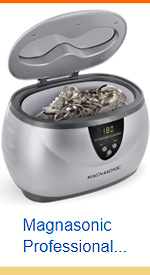

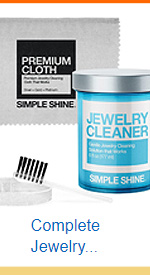
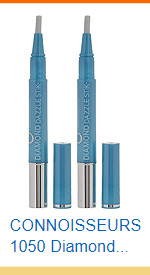
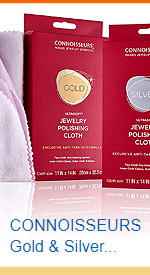
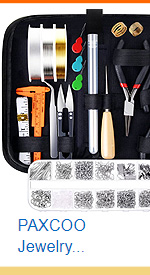
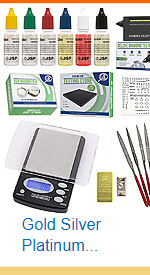
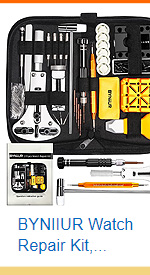
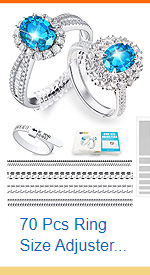
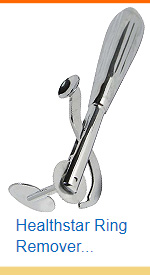
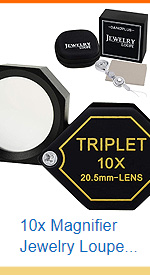
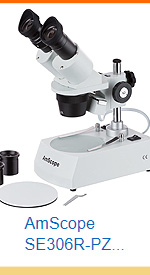
i want some samples of diamond every quality for business purpose